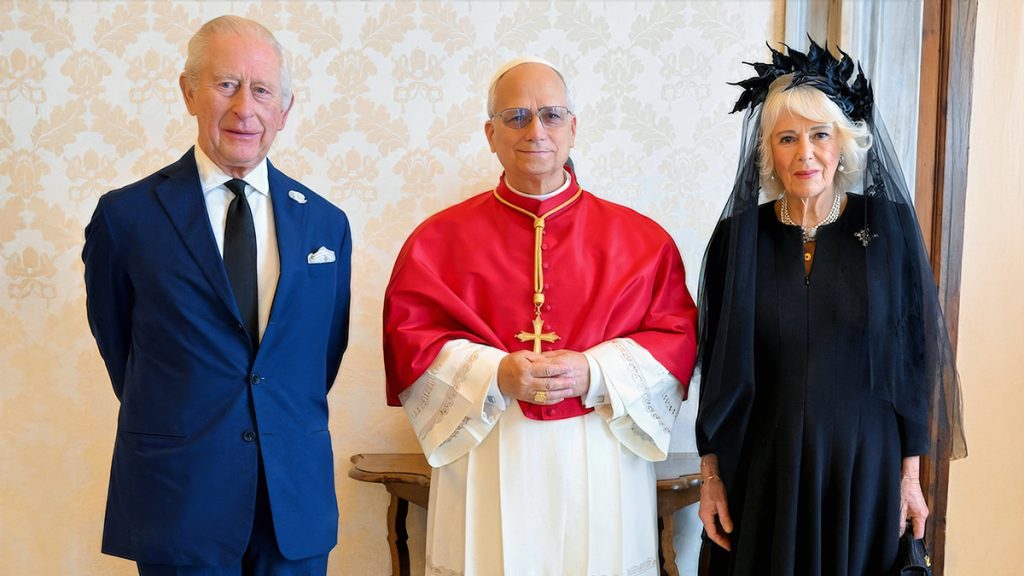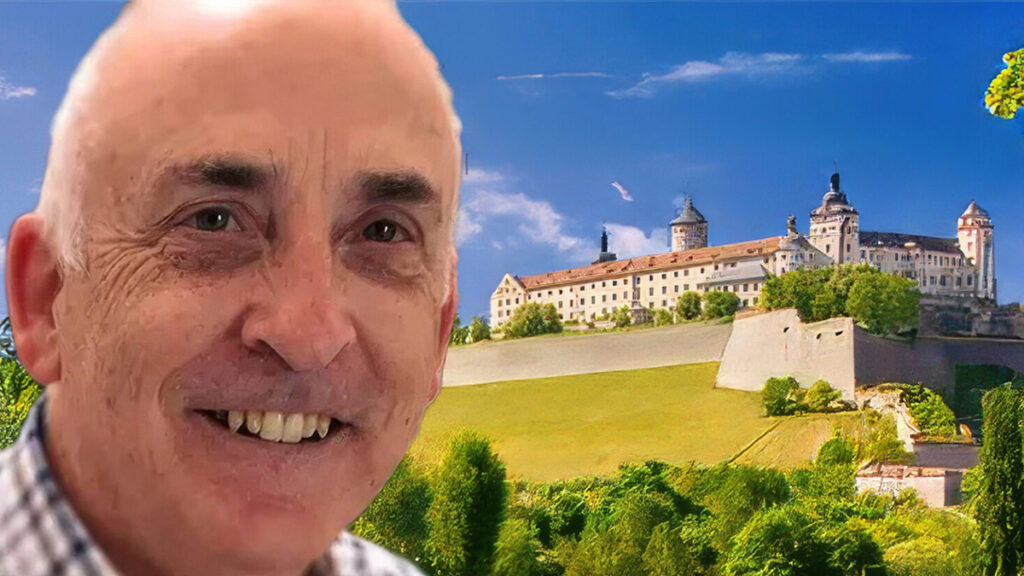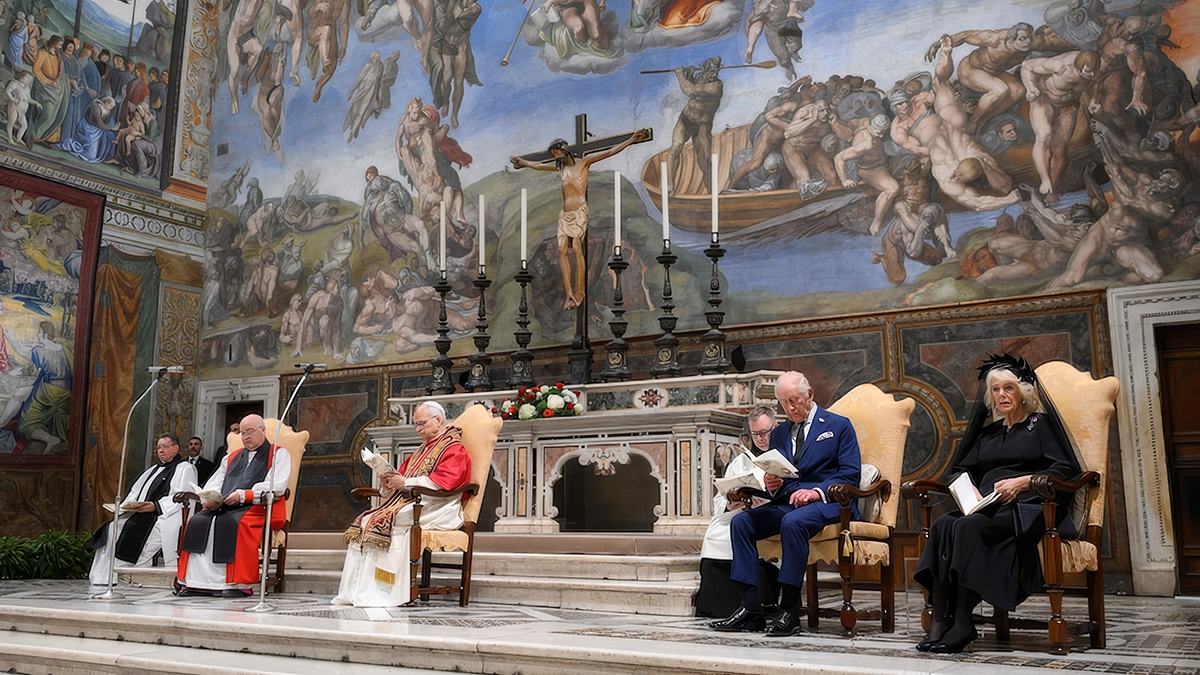Under the frescoed ceiling of Michelangelo’s Sistine Chapel, something unfolded that had not happened in 500 years: a British king and a pope prayed together in public.
It was an image both simple and seismic, the supreme pontiff of the Catholic Church and the secular head of the Church of England joining in praise to God and His creation. Beneath the Last Judgment, centuries of division seemed, for a moment, to fall silent.
This week, the Supreme Governor of the Church of England and the Bishop of Rome knelt together, a gesture once unthinkable. The hymn You crown the year with your goodness, and your clouds let abundance rain filled the chapel as Pope Leo XIV and the Anglican Archbishop of York, Stephen Cottrell, led the service.
Representatives from the Presbyterian Church of Scotland and the Catholic Churches of England and Scotland joined the royal couple, embodying a longing for unity that has endured since the Reformation.

A meeting of symbols and substance
The visit of a British monarch to the Vatican is always an occasion steeped in history and symbolism. Yet the meeting of King Charles III and Queen Camilla with Pope Leo XIV was more than a photo-op; it was a milestone in Christian reconciliation. The ceremony itself became a living act of fraternity.
If the Sistine Chapel offered the symbol, St Paul Outside the Walls offered the substance. There, in the place where Pope Paul VI and Archbishop Michael Ramsey began formal Anglican–Catholic dialogue in 1966, King Charles was bestowed with the honorary title of Royal Confrater.
The honour, granted with the pope’s blessing, was described by Cardinal Harvey as “a sign of hope and fraternal welcome, not only for a monarch, but for a brother in faith.” A chair bearing the king’s coat of arms will now be installed in the basilica’s choir stalls, a tangible emblem of shared history and prayer.
In an ecumenical gesture of his own, Charles presented Pope Leo XIV with a reciprocal title: Papal Confrater of St George’s Chapel at Windsor Castle.
Unity by stages
Their shared prayer made the once unthinkable imaginable. Mutual honours and liturgical gestures all pointed to a deeper fellowship taking root. The next step may be practical cooperation, in service to the poor, care for creation, and the shared mission of peace.
Doctrinal and structural differences remain, and the Pontifical Council for Promoting Christian Unity and the World Council of Churches recognise that “unity by stages” is the realistic path. Yet a shared prayer in the Sistine Chapel may be a turning point: a moment suggesting that the two traditions might inch closer through joint statements, shared services, or even structures of cooperation.
The encyclical Ut unim sint once asked, Quanta est nobis via? — “How far do we have to travel?” King Charles’ visit offered a partial answer: far enough to meet in prayer, close enough to walk together.
If this landmark moment is to bear fruit — end centuries of fracture, and open a serious horizon for the future, both churches must now ask how they will journey side by side, not for appearance’s sake, but for communion’s sake.
Ut unum sint: “that they may be one.” (John 17:21)

- Dr Joe Grayland is an assistant lecturer in the Department of Liturgy at the University of Wuerzburg (Germany). He has also been a priest of the Catholic Diocese of Palmerston North (New Zealand) for more than 30 years.
- J.P Grayland’s new book Horizons: Essays on Synodality, Liturgy, and Global Catholicism) is available as an ebook or print book.

